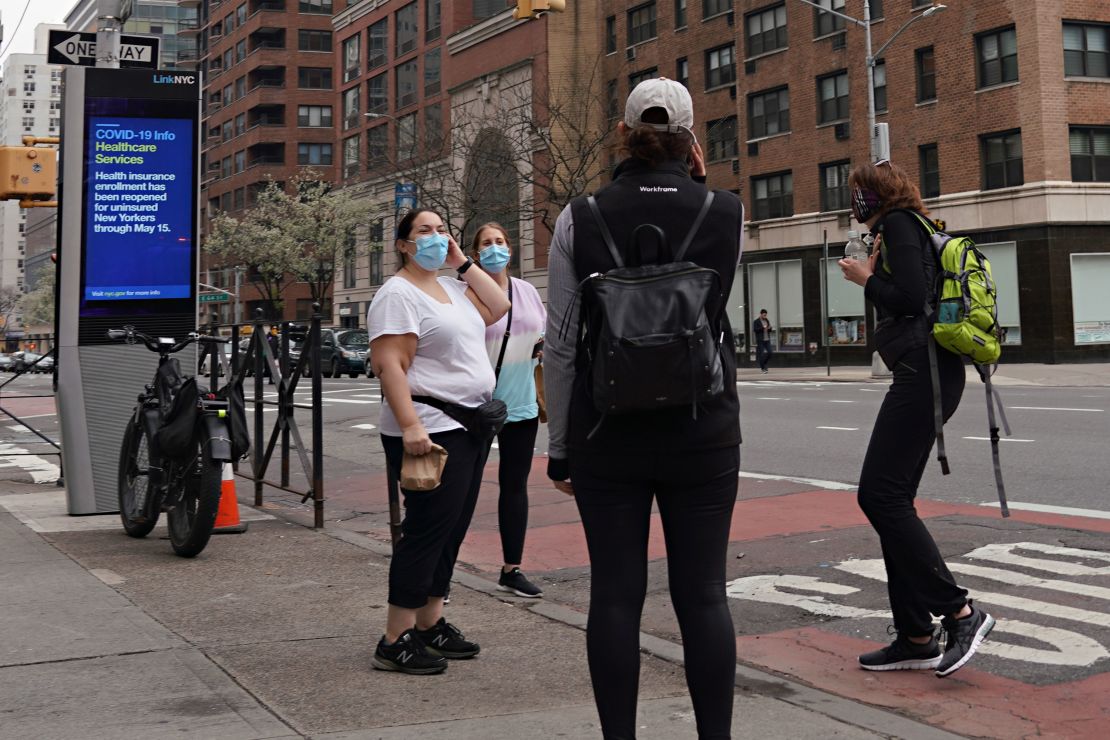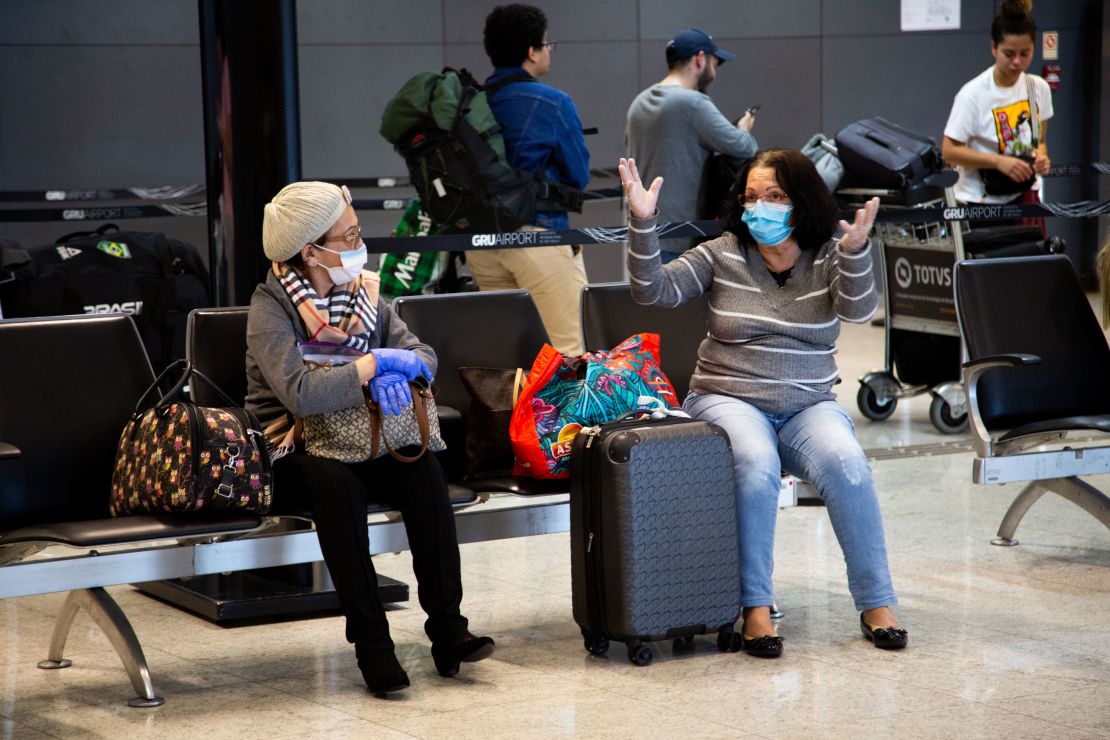Editor’s Note: The views expressed in this commentary are solely those of the writers. CNN is showcasing the work of The Conversation, a collaboration between journalists and academics to provide news analysis and commentary. The content is produced solely by The Conversation.
You wear your mask, keep 6 feet between yourself and others and are committed to safety. But the measures that help minimize your risk of Covid-19 can also have an impact on your interactions with others.
As you stroll the aisle of a supermarket, you approach someone who looks familiar. To avoid an awkward exchange, you flash them a friendly smile. It’s not until you pass you remember: Your smile was hidden behind a mask. Unloading your groceries at home, you see your neighbor. You excitedly ask her how she is, but when she doesn’t respond, you worry your mask has muffled your voice.
As the head coach for Mississippi State University’s Speech and Debate Team, my job is to teach effective communication. Without question, masks have disrupted social interactions. But communication has many components. You can adjust and enhance your communication by focusing on some of the other pieces that aren’t hidden behind a mask.
READ MORE: Let me tell you how frustrating this pandemic has been for deaf people
The face isn’t totally covered

Facial expressions are the primary way people exhibit emotion and decipher the feelings of others. Happiness, sadness, surprise, disgust, fear and surprise can be communicated through facial expressions alone. But when part of the face is masked, it becomes more difficult to recognize these cues.
If you cannot read someone else’s emotional state, your ability to empathize with them may be compromised. Likewise, if your own mask is hiding your emotional state, others may not be able to empathize with you. Wearing a mask can also make you feel more distracted and self-conscious, further weakening your connection to others.
Fortunately, you can regain some control over communication by working with what you have left – the eyes. If you want to increase understanding with a masked individual, you should look them in the eyes, which may be easier said than done. Eye contact triggers self-consciousness, consumes extra brain power and becomes uncomfortable after only three seconds. But bear in mind, eye contact can also make you appear more intelligent and trustworthy.
READ MORE: Mask FAQs: What’s the best fabric? How can cloth stop a tiny virus?
We communicate through body language
You might be surprised how much information is conveyed by the body itself.
For instance, when someone is happy, they stand up straighter and lift their head; when they are sad, they slouch and drop their head; and when they are angry, their whole body tenses up. Learning how people use their bodies to convey emotion may help reduce the uncertainty you feel when communicating with someone in a mask.
Become aware of your own body language, too. When engaged in a conversation, you can appear more attentive by turning your body toward the individual, leaning in or nodding. To let another person know you want to start speaking, straighten your posture, hold up your index finger or nod more frequently. Finally, be aware that imitating the posture of another person can increase how much they like you and even agree with you.
READ MORE: Why face masks can make eyes feel dry, and what you can do about it
The impact of your voice

Don’t forget the impact of your voice. It’s not just what you say, it’s how you say it. Along with the actual words, you also use volume, tone, pauses and fillers to convey your message. For instance, a lower-pitched whisper may denote sadness or insecurity, whereas a higher-pitched shout could show anger or intensity.
Try this – say the phrase “I didn’t see you there” as if you were scared. Now pretend you are happy. Now confused. Chances are, anyone listening to you could easily identify your emotions without even seeing you. While studies show that masks do not significantly alter your voice, you may feel that your speech gets muffled when wearing a mask.
If you feel the need to speak louder, just be aware that raising your voice can alter the message you are trying to send. Changing the tone of your voice can change the whole conversation, so instead of increasing volume, try improving enunciation.
READ MORE: How to make sure you’re wearing your mask right
Putting it all together
While masks may make conversations feel more daunting, you are equipped to communicate, even with part of your face concealed.
Before your next interaction with a friend, think of ways to improve your connection. Pull your hair back so they can see your eyes clearly and find a quiet place to talk. Use your body and voice to convey the emotions you fear your mask might hide. Maybe most importantly, don’t expect it to go perfectly. Just like any conversation, mistakes will be made.
When someone can’t understand you, try rephrasing your statement, saying it a bit more slowly and enunciating more. If you are struggling to understand someone else, try to ask close-ended questions, like “Do you want to go to the park?” instead of open-ended ones, like “Where do you want to go?”

By all means, continue the proper measures to keep yourself safe, but don’t neglect your relationships as a consequence. Social distance doesn’t have to mean socially distant.
Cheryl Chambers is a communications instructor and head coach of the speech and debate team at Mississippi State University.
Republished under a Creative Commons license from The Conversation.




